HTC One X9 hands-on
HTC tries to fight back with its mid-range all-metal phablet
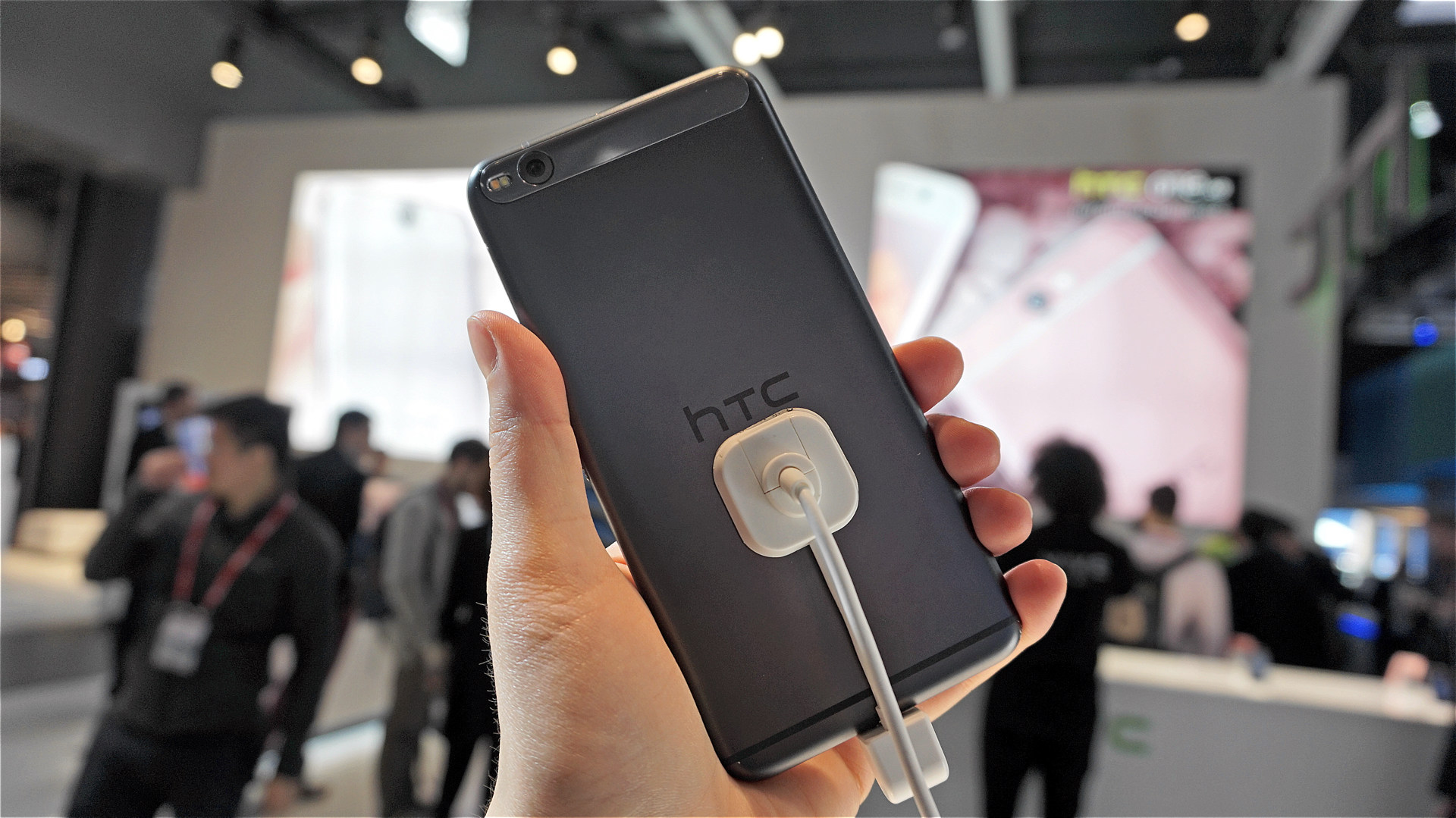
The HTC One X9 is a jumbo-sized version of the A9, the Taiwanese company's thinly-veiled iPhone 6 lookalike. It's not yet clear whether the X9 will be coming to the UK, but this 5.5in handset only bares the most fleeting resemblance to its little brother, at least aesthetically.
The X9 still has a full metal unibody which glistens under bright lights, but the A9's fingerprint sensor has been replaced by two rather ungainly front-facing speakers that support HTC's Boomsound technology and Dolby Audio. HTC also brought back its dedicated home and navigation buttons for the X9, instead of onscreen buttons.
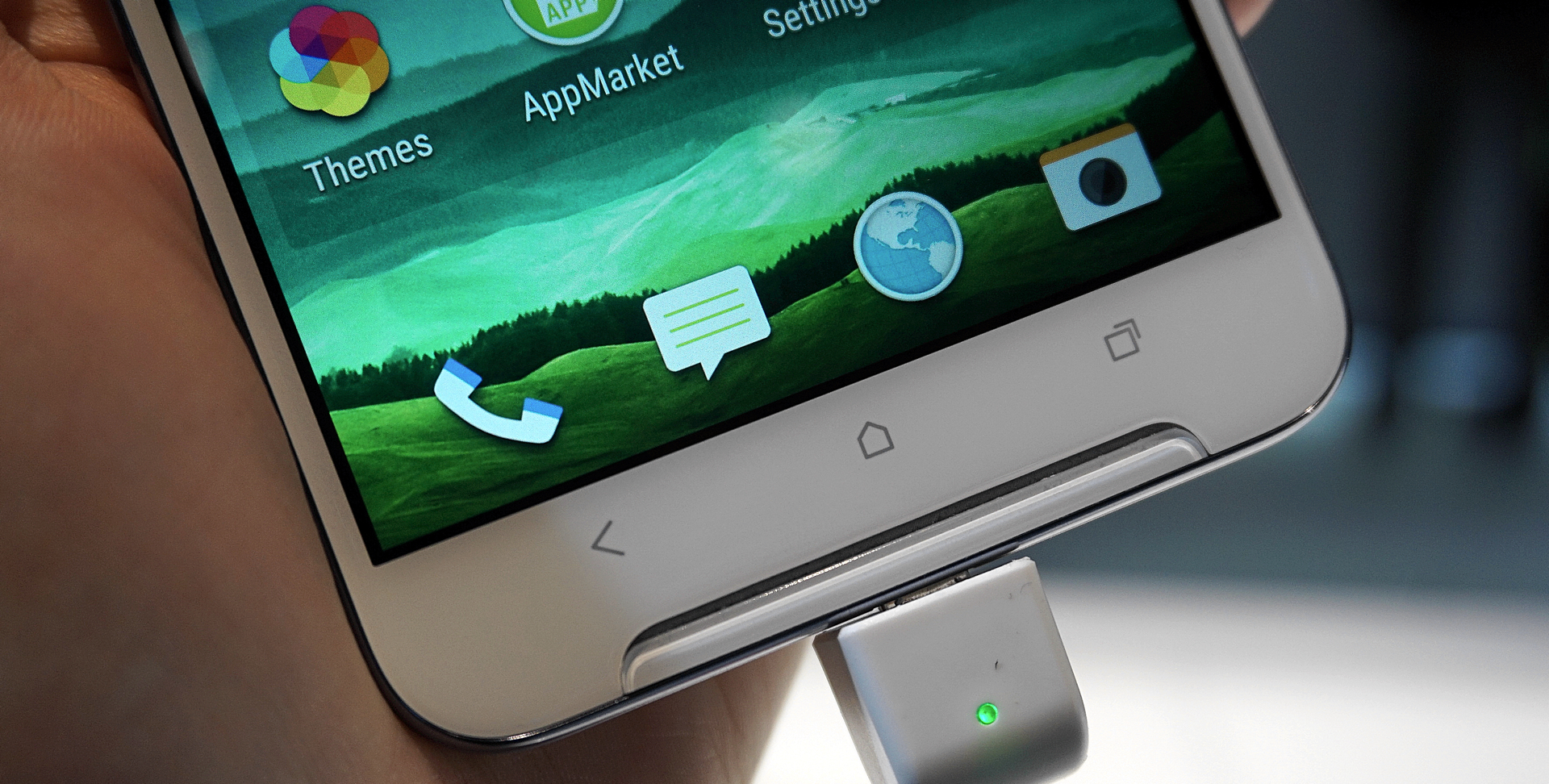
The back of the phone is also quite a rapid departure from the A9, as it now has a separate strip of metal across the top of the phone that encompasses the rear 13-megapixel camera. However, it doesn't really blend together with the rest of the phone, and it almost looks like it's been stuck on rather than melding seamlessly with the plastic antennas or the rest of the back panel.
Together with the front-facing speakers, it doesn't look nearly as elegant or sophisticated as the sleek, iPhone-like profile of the One A9, and we weren't such big fans of its power or volume buttons either. While the power button has the same ridged design as the A9, the button itself is considerably thinner than the one on the A9, and it sits closer to the edge of the handset as well, making it more difficult to find with a quick brush of your thumb. The volume keys also sit very flush to the X9, which helps make the phone feel more streamlined overall, but they don't provide enough tactile feedback.
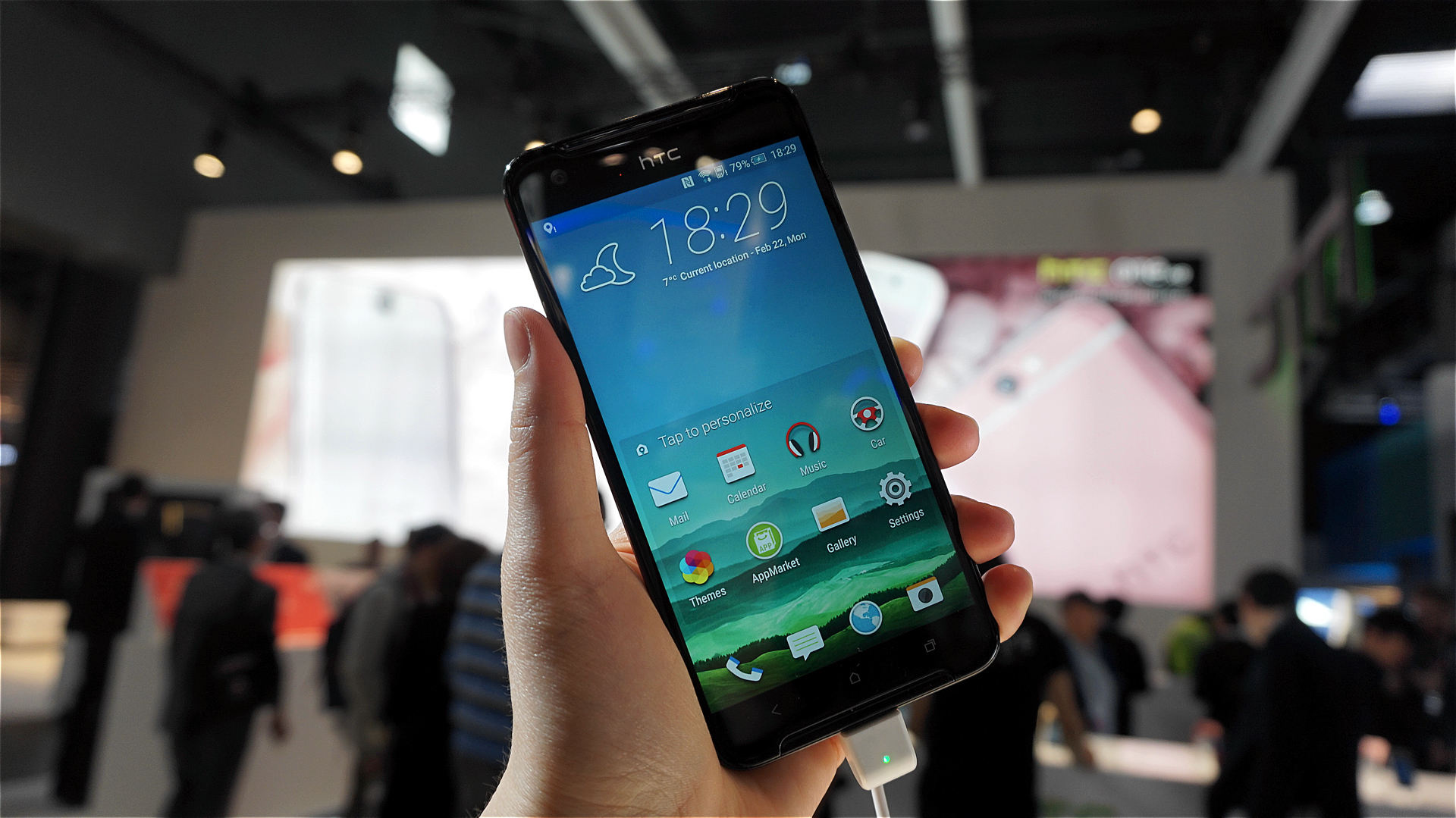
The Full HD 5.5in display isn't powered by an AMOLED panel. Instead, HTC opted for one of its Super LCD displays. It looked perfectly fine down on an exhibition show floor, but it's a shame the phone won't benefit from the same kind of image quality and energy efficiency as its older sibling.
Inside, the X9 is powered by an octa-core 64-bit MediaTek Helio X10 processor and 3GB of RAM. This is another departure from the Qualcomm-based A9, but we'll have to wait and see how it fares in our benchmarking suite (provided it comes to the UK, of course). Android 6.0 certainly felt very quick and responsive, though.
The X9 will come with 32GB of storage, but lift up the left hand flap and you'll find a microSD card slot that can take cards up to 2TB. Admittedly, the flap itself felt a little flimsy compared to the rest of the phone, and it didn't feel nearly as sturdy as the equivalent flap on other phones. However, this shouldn't prove too much of a sticking point unless you need to keep taking out your microSD card to transfer photos, for example.
Get the ITPro daily newsletter
Sign up today and you will receive a free copy of our Future Focus 2025 report - the leading guidance on AI, cybersecurity and other IT challenges as per 700+ senior executives
As for the rear camera, it has a 13-megapixel sensor which supports optical image stabilisation and has an aperture of f/2.9. It can shoot video in 4K, and HTC will be reprising its Pro photo mode from the A9 to give you complete control over everything from the white balance to exposure and focus levels. It also features HTC's one-touch RAW enhancement, but considering it didn't really offer much benefit on the A9, I can't see it being any better here. There will also be a hyperlapse video mode available as well. The front-facing camera, on the other hand, has a 5-megapixel sensor and can record Full HD video.
HTC didn't have any estimated battery life figures available for the X9's 3,000mAh battery, but given its size it should be able to last the better part of the day, even under heavy use.
At first glance, the X9 doesn't have the immediate charm of other smartphones introduced at MWC this year, but as a mid-range phone much will depend on how much it costs instead of its features, looks or overall design. It's not yet confirmed for the UK, but we'll bring you more information as soon as it's available.
-
 Cleo attack victim list grows as Hertz confirms customer data stolen
Cleo attack victim list grows as Hertz confirms customer data stolenNews Hertz has confirmed it suffered a data breach as a result of the Cleo zero-day vulnerability in late 2024, with the car rental giant warning that customer data was stolen.
By Ross Kelly
-
 Lateral moves in tech: Why leaders should support employee mobility
Lateral moves in tech: Why leaders should support employee mobilityIn-depth Encouraging staff to switch roles can have long-term benefits for skills in the tech sector
By Keri Allan
-
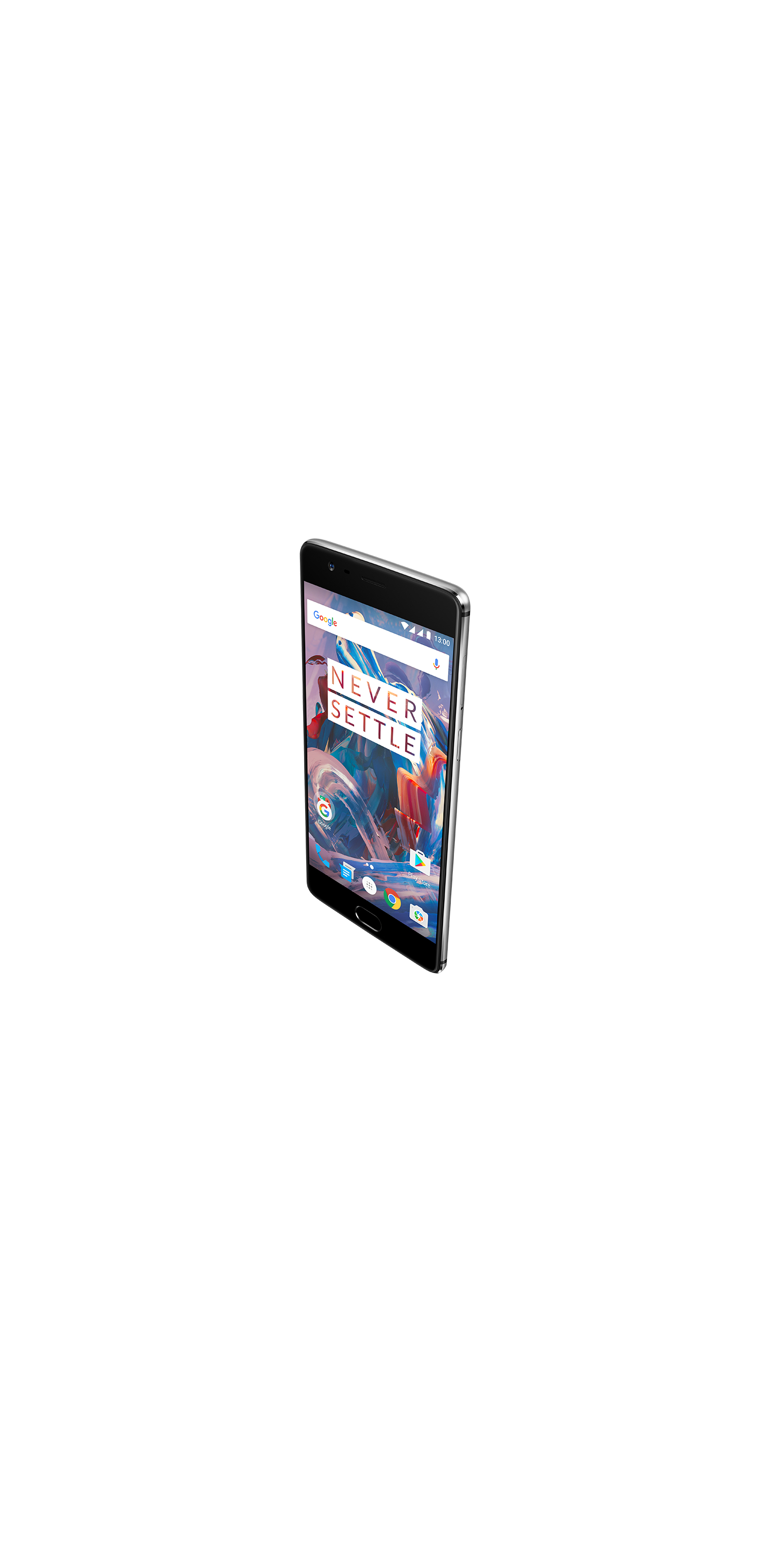
 OnePlus 3 review
OnePlus 3 reviewReviews The big and shiny phone that’s more than just an HTC wannabe
By Clare Hopping
-
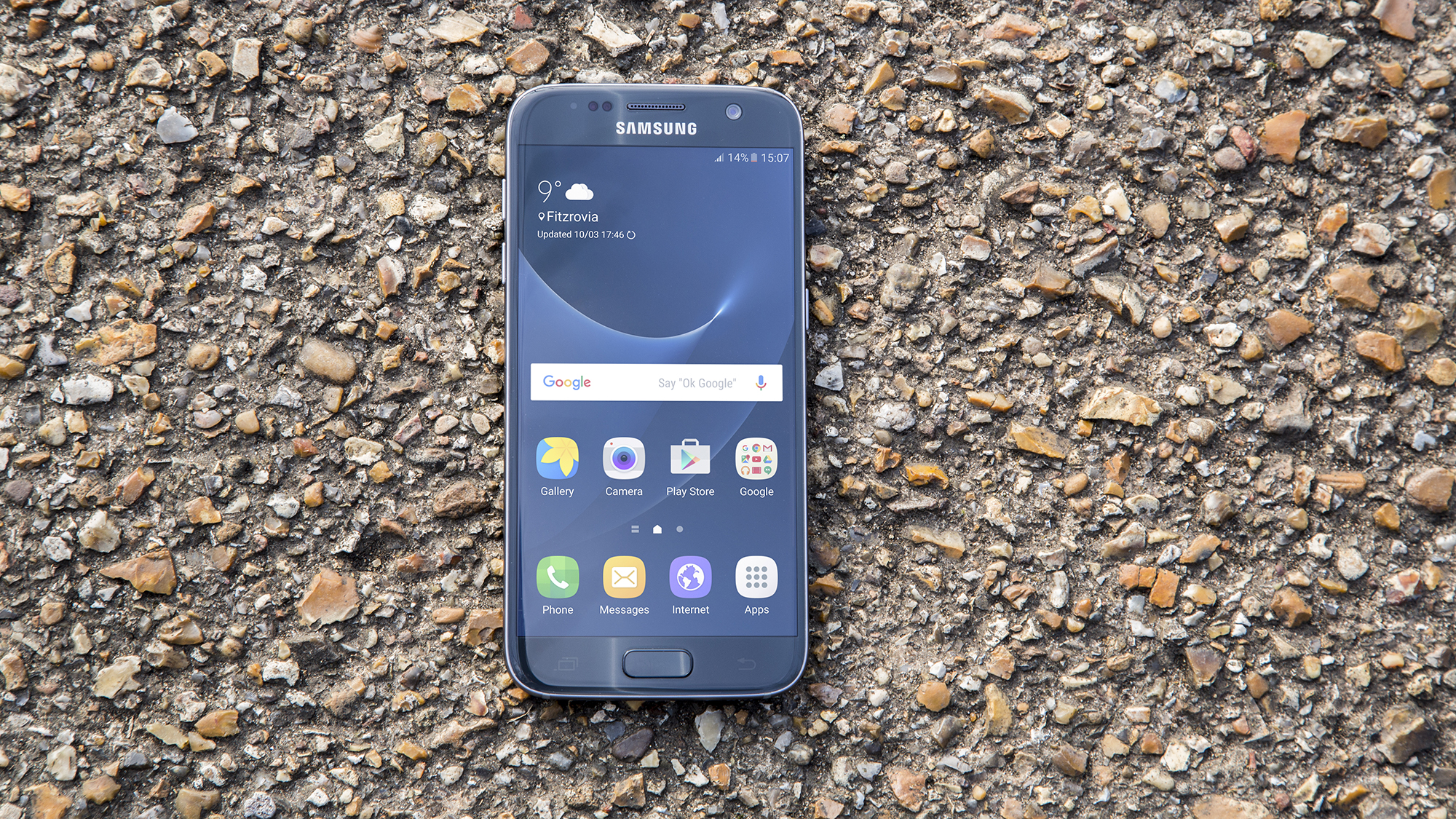 Samsung Galaxy S7 review: classy but outclassed
Samsung Galaxy S7 review: classy but outclassedReviews The S7 can't match newer competition
By Adam Shepherd
-
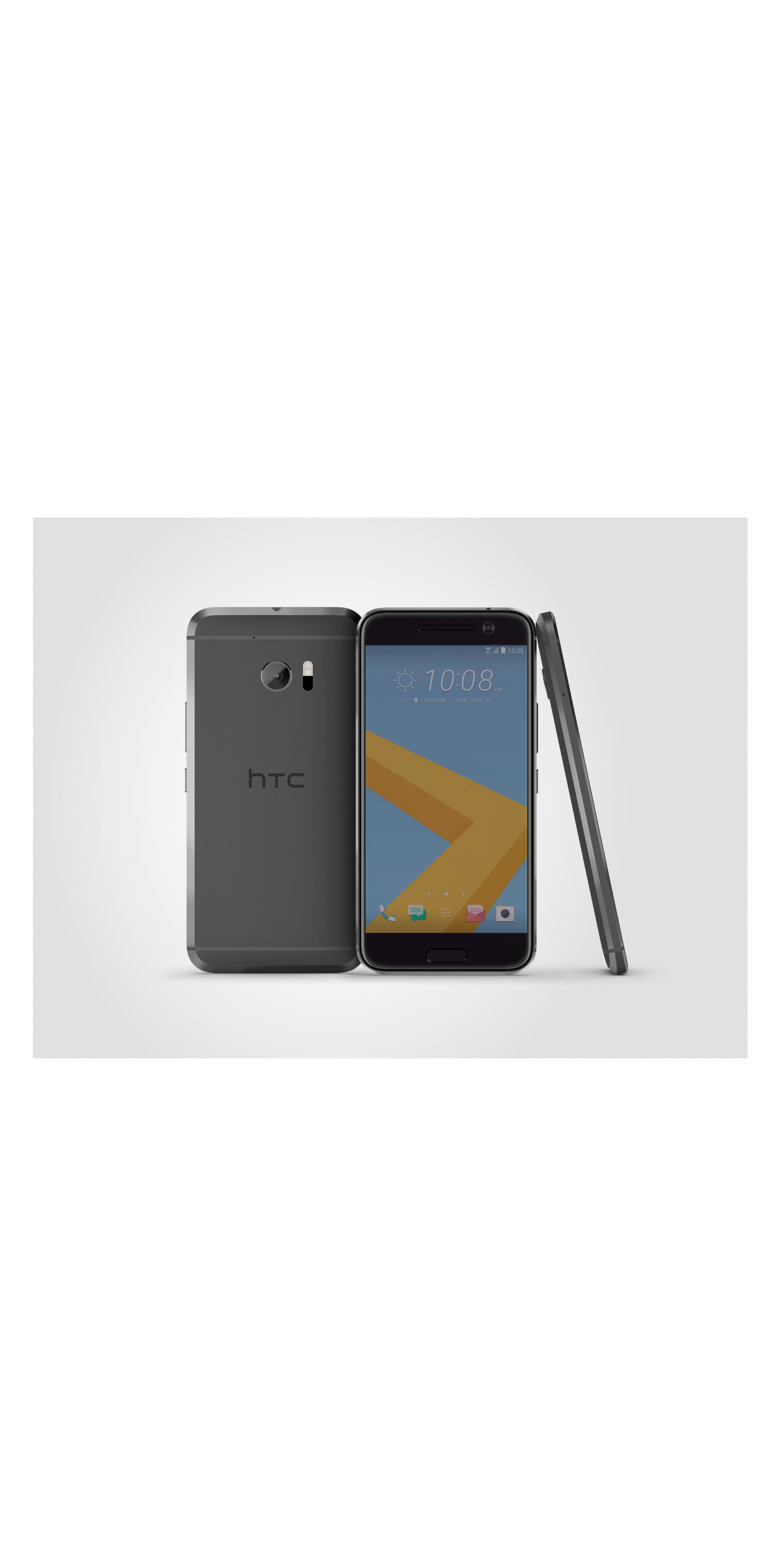
 HTC 10 review: HTC 10 about to be phased out and HTC 11 incoming?
HTC 10 review: HTC 10 about to be phased out and HTC 11 incoming?Reviews The HTC 11 has been hinted at in an official Facebook post
By Alan Lu
-
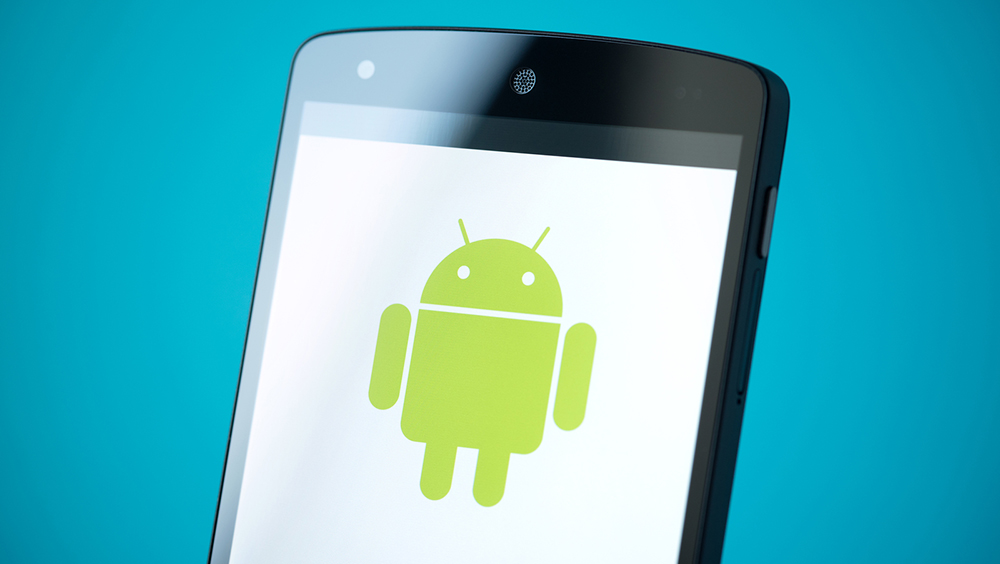 Android Marshmallow 6.0: One-third of Android devices still run on Marshmallow
Android Marshmallow 6.0: One-third of Android devices still run on MarshmallowRumours Despite gains by Nougat, Android Marshmallow is still running on 31% of devices
By Dale Walker
-
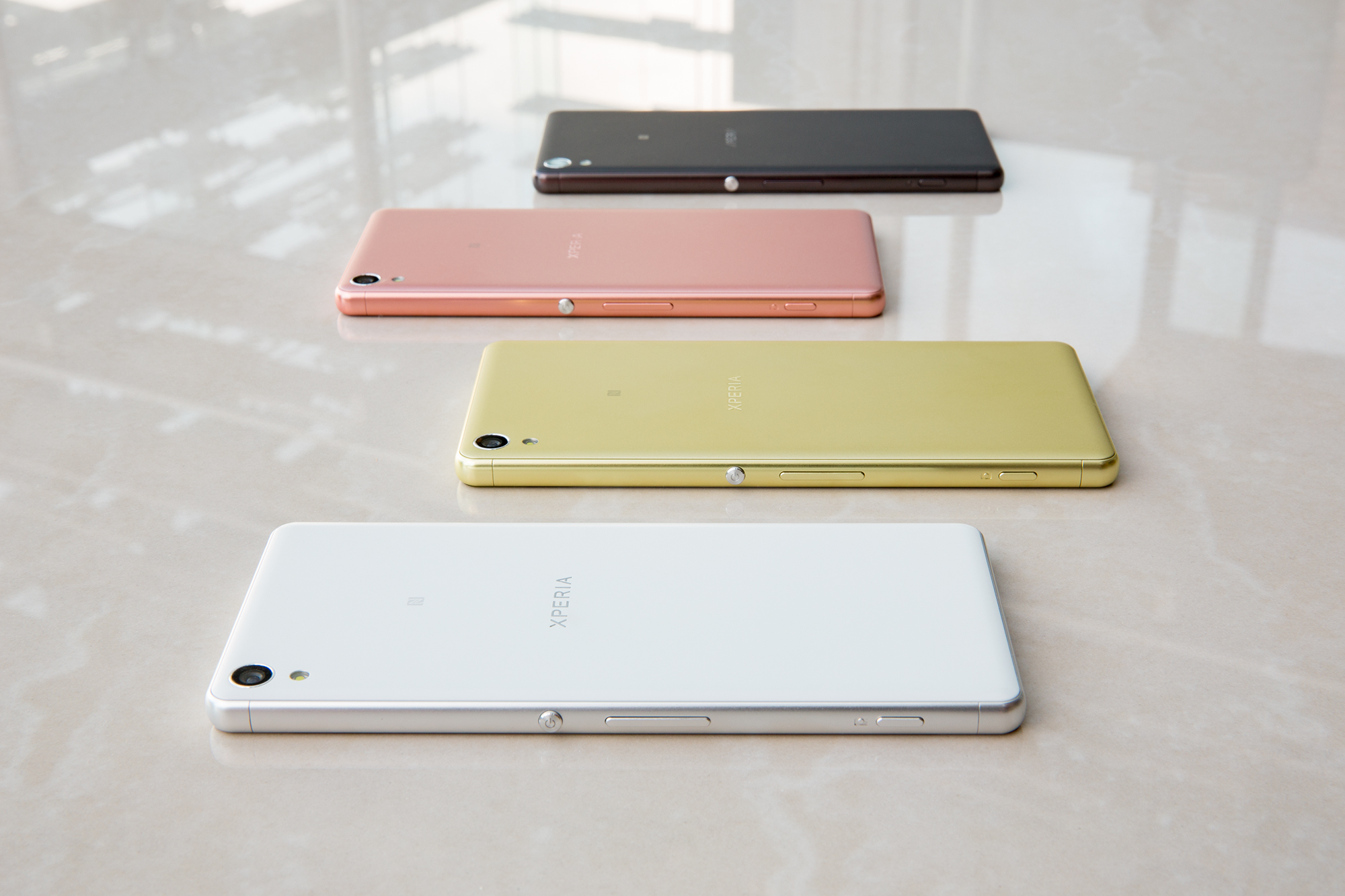 Sony Xperia XA review
Sony Xperia XA reviewReviews The smartphone that’s Xtremely Average
By Alan Lu
-
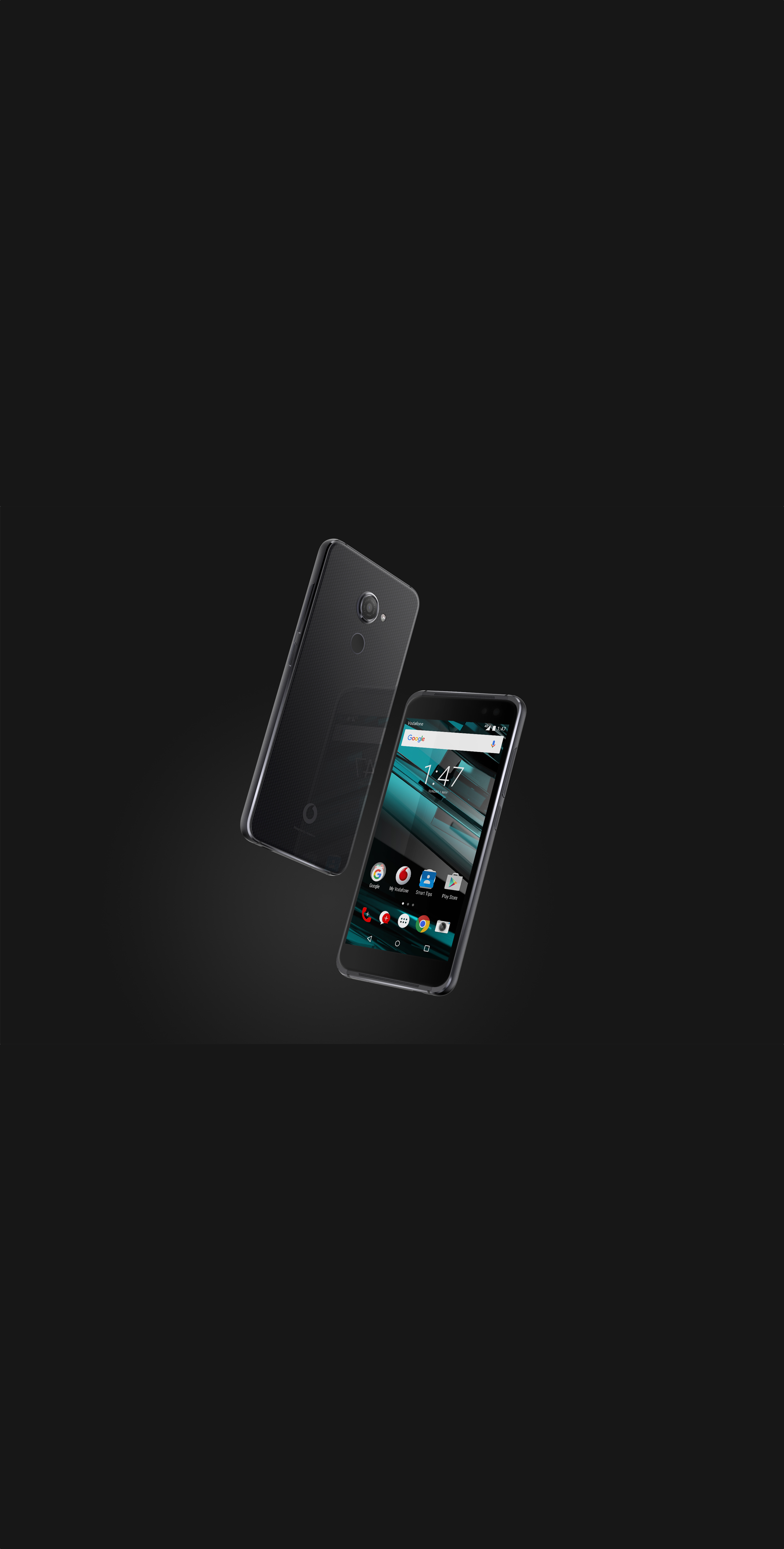
 Vodafone Smart Platinum 7 review
Vodafone Smart Platinum 7 reviewReviews The network own-brand phone that looks surprisingly luscious
By Alan Lu
-
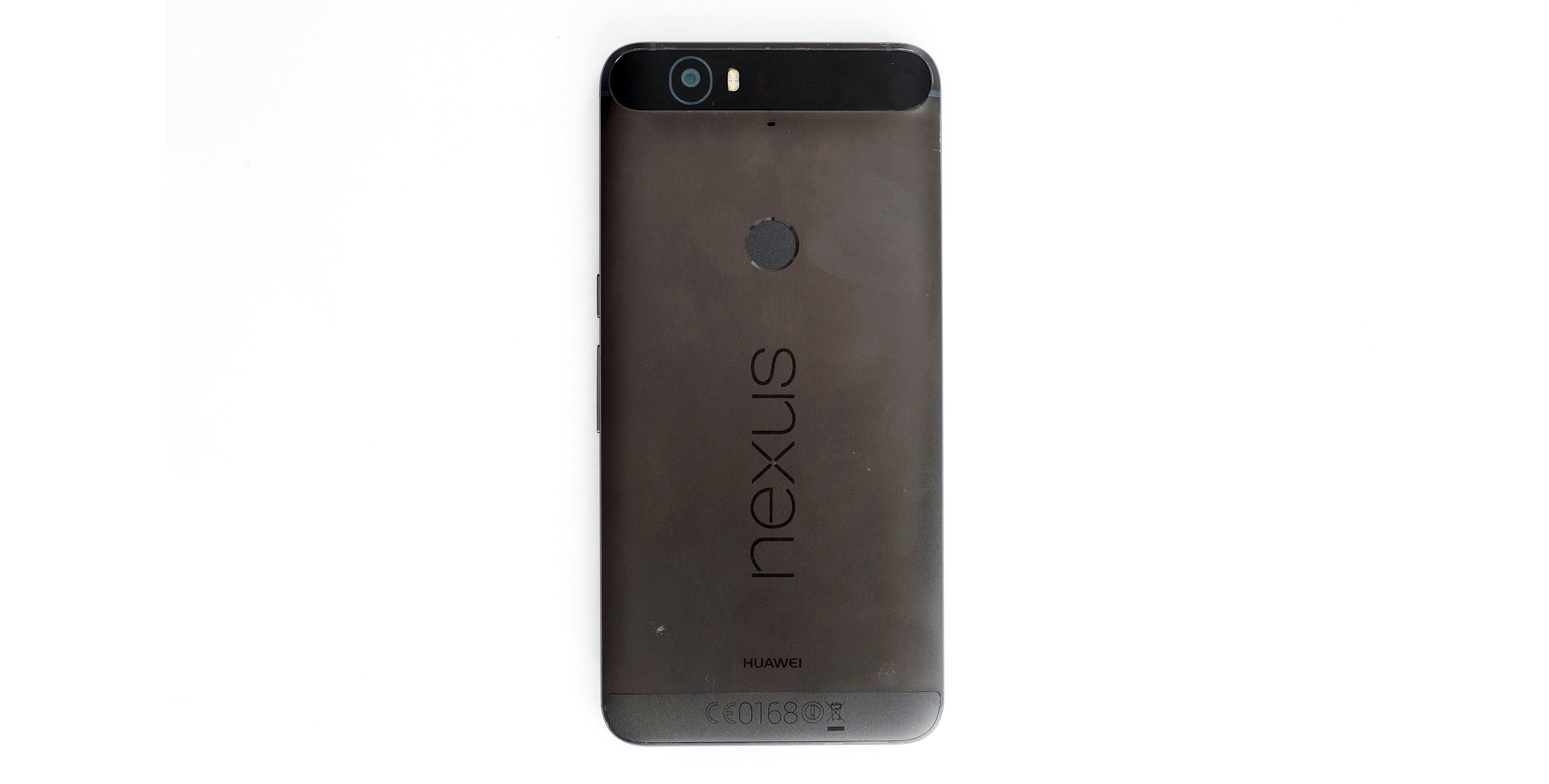
 Google Nexus 6P review: king of the Android phablets?
Google Nexus 6P review: king of the Android phablets?Reviews How does the Nexus 6P measure up against the likes of LG and Samsung's flagships?
By Andrew Williams
-
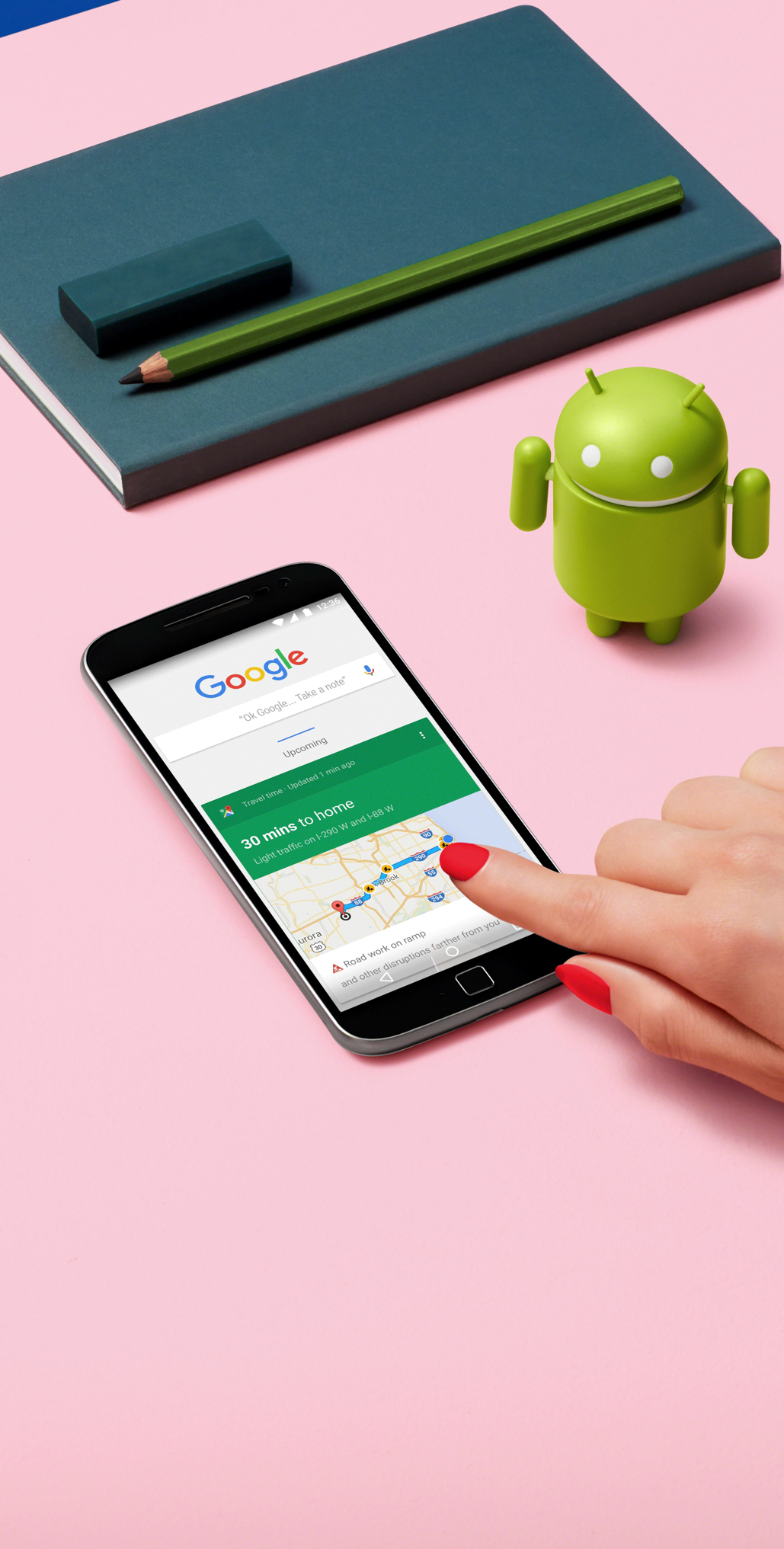 Lenovo Moto G4 Plus review
Lenovo Moto G4 Plus reviewReviews How does it differ from the normal fourth generation Moto G?
By Alan Lu